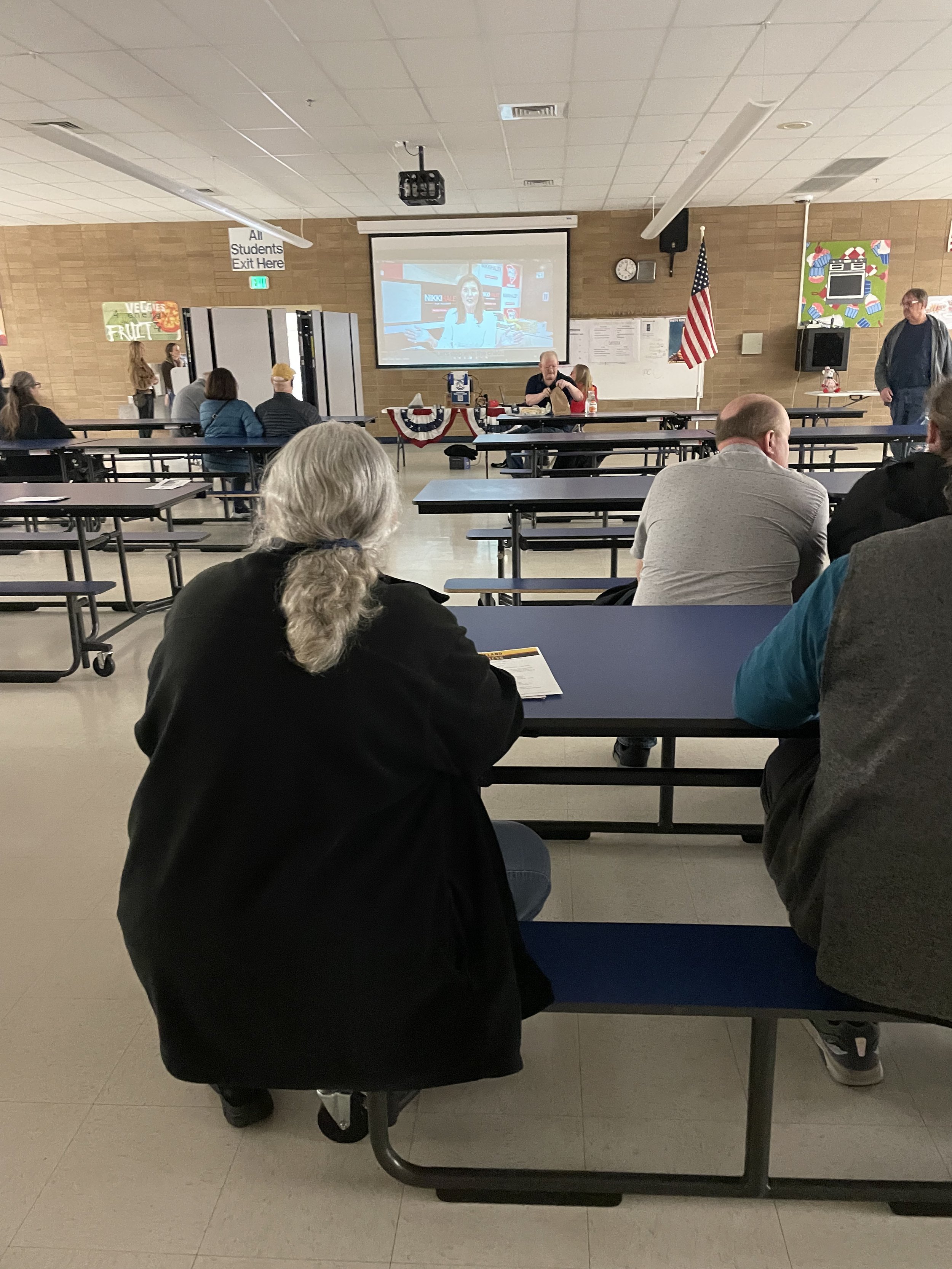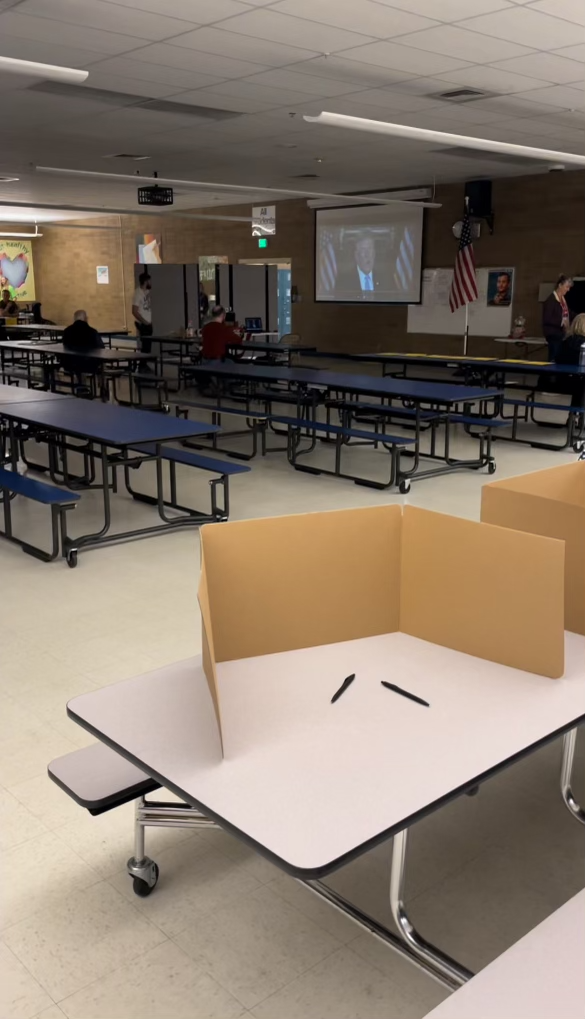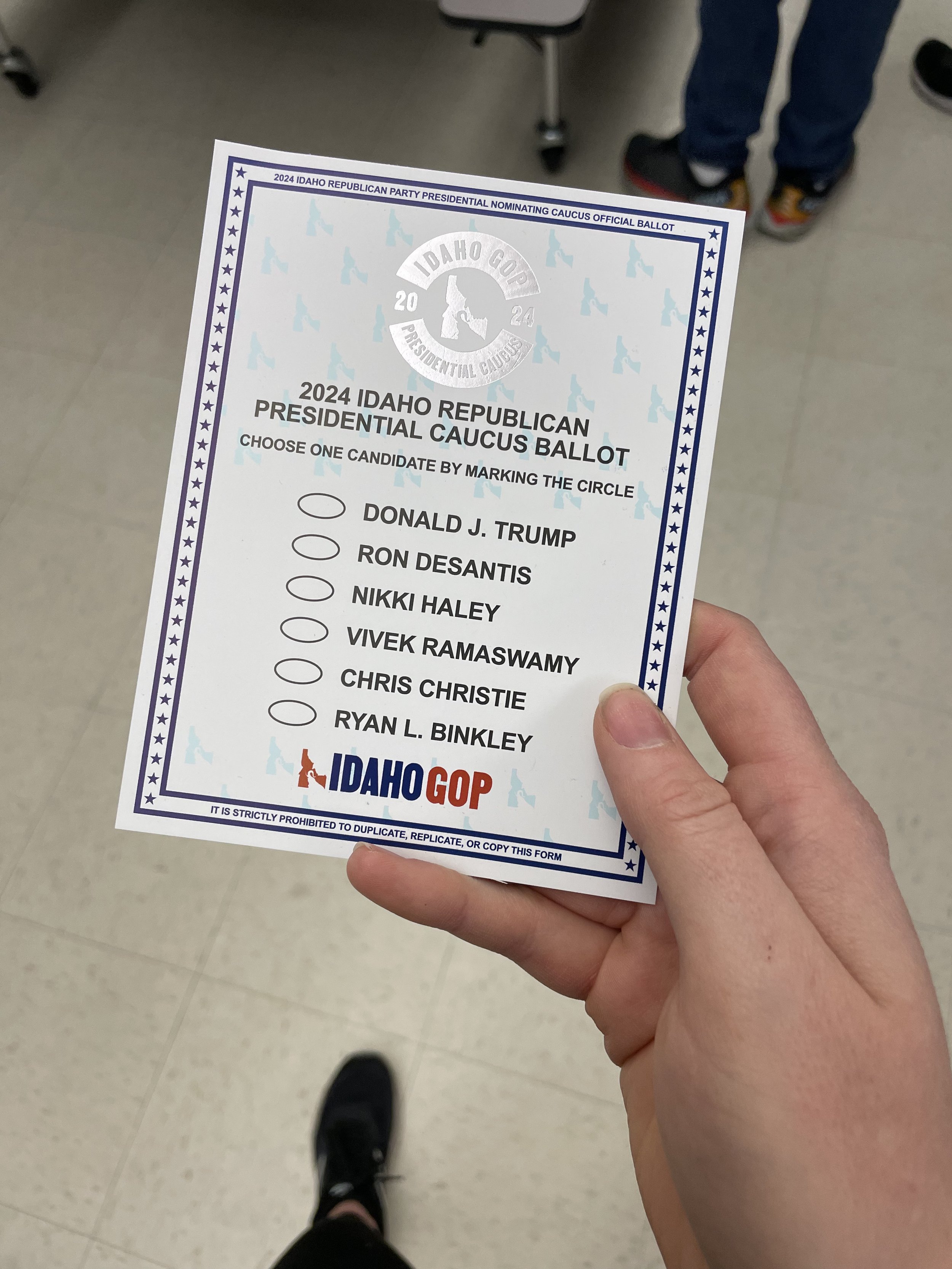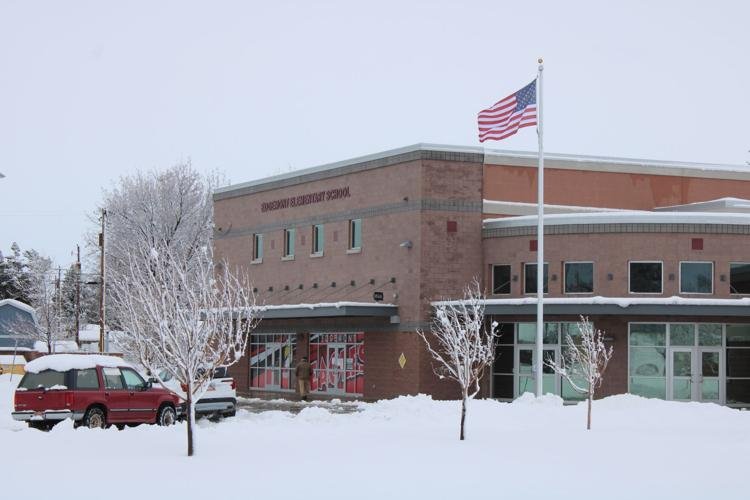Idaho GOP Caucus Raises Serious Questions About Security and Validity
As the dust settles–and the hand stamps fade–from the Idaho GOP caucus, serious questions are emerging about the integrity and security of the electoral process. From erasable ballots to restrictive voting hours, the caucus has left many voters and observers wondering about the fairness and transparency of the proceedings. Here's a closer look at the key issues that have surfaced:
1. Dry Erase Ballots Undermine Raise Red Flags
Reports of erasable ballots and dry erase markers being used in the caucus have raised significant doubts about the reliability of the voting process. Voters have expressed concerns that their ballots could be easily tampered with or altered, casting doubt on the accuracy of the results. The use of erasable ballots undermines confidence in the electoral system and calls into question the legitimacy of the vote count.
2. Limited Window and On-Site Requirement Excludes Many
One of the most contentious aspects of the caucus was the narrow window of participation. To participate, voters were required to be present at their precinct voting sites during the 90-minute voting window. This limited time window and location requirements effectively excluded the majority of voters, including active military personnel, working individuals, busy families, and students with prior commitments. The restrictive voting hours have been criticized for disenfranchising large segments of the population and undermining the election process.
3. Extreme Weather and Power Outages Block Participation
The caucus in Bannock County, Idaho, saw a notably low turnout due to an unexpected winter storm and icy road conditions. EastIdahoNews.com was at the Bannock County District 29 caucus site — at the Museum of Clean in Pocatello — for an hour and counted fewer than 10 voters. Many Eastern Idaho residents point to this unseasonable weather to point to the need for early voting and absentee ballots.
4. Media Ban Media Ban Raises Transparency Considerations
The decision to ban media from the caucus sites has also raised concerns about transparency and accountability. Without independent oversight and scrutiny from the press, there are fears that the integrity of the voting process could be compromised and that crucial information may be withheld from the public. The media ban has prompted calls for greater openness and transparency in future electoral events.
5. Paltry Turnout Raises Concerns
Perhaps the most alarming issue stemming from the caucus was the shockingly low turnout. With just 39,584 voters participating, representing a mere 6.8% of registered Republican voters and only 3.4% of all eligible voters in the state, serious questions have been raised about the legitimacy and representativeness of the results. The abysmal turnout figures have cast doubt on the mandate provided by the caucus and underscored broader concerns about voter engagement and participation.
Idaho GOP Chairwoman Dorothy Moon's involvement in preventing the restoration of the primary election and her history of advocating for restrictive voting measures add another layer of concern. Her actions contribute to the perception that the caucus system is designed to benefit party elites only, while excluding the broad majority of voters.
As the GOP recovers from the work that has gone into organizing the caucus, they now have the bandwidth to process the results and decide how they want to proceed. The options are clear: continue being prescriptive and telling voters how the party will operate, or take a step back and evaluate how the party can reinvigorate participation and bring voters back into the fold.







